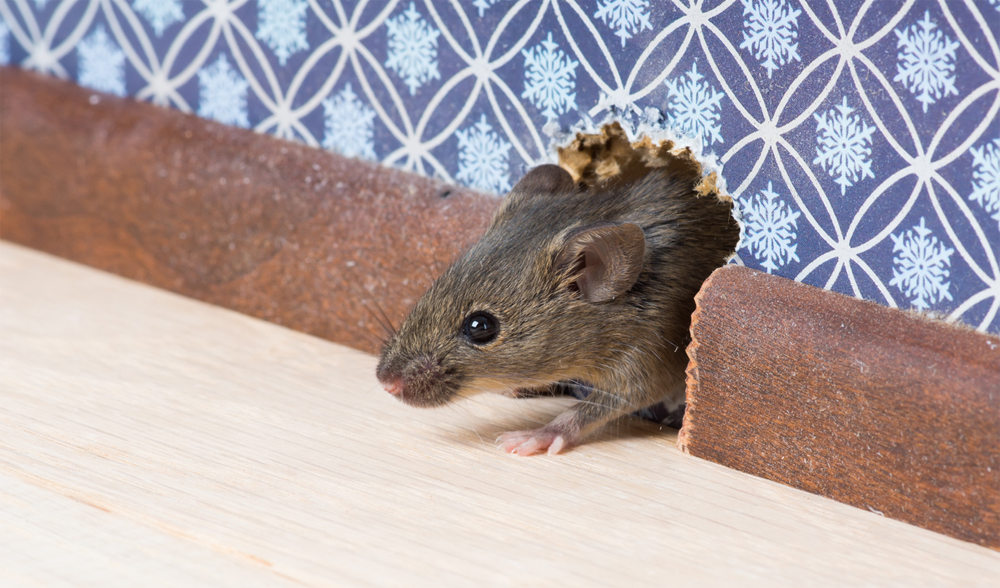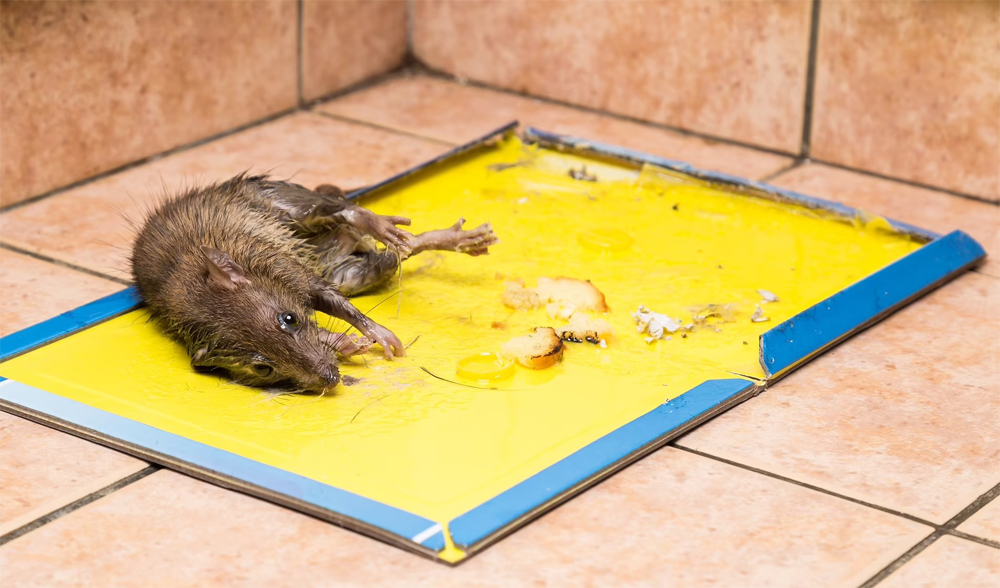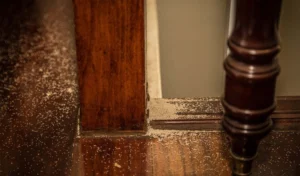Mice are carriers of disease and can cause widespread damage wherever they establish a presence. Their infestation in a household often results in the presence of their droppings, urine trails, and unsightly greasy marks on both floors and walls. Furthermore, they bring with them a noxious and unpleasant odor that compels homeowners to address the issue promptly.
Identify Signs of Mice in Your Home
While a single mouse might not appear significant, the presence of one often indicates the likelihood of several more. Once mice start reproducing within your residence, each female mouse can give birth to over 30 offspring each year. Over time, what initially seemed like just one mouse can rapidly multiply into a substantial population.

Once mice take up residence in your home, their presence becomes evident, even if you never actually spot one. They exhibit their presence by chewing on shelves, walls, cabinet doors, and food packaging. Additionally, they tend to scratch and gnaw on baseboards and floors, leaving unmistakable signs of their activity.
Mice often leave crumbs in unexpected locations, such as on pantry shelves and even in the middle of floors far from the kitchen. Additionally, you may come across mouse pellets intermingled with these crumbs, especially in cabinets and dimly lit corners of your basement, bathrooms, and garages. To identify their droppings, you can use a flashlight to look for the distinctive black, oblong pellets.
These troublesome rodents construct their nests using shredded newspapers, cardboard boxes, discarded clothing, or other soft materials. If you happen to be awake during the night, you might spot mice in proximity to their nests or hear them scurrying around your residence, possibly within your walls.
Are Sticky Traps Effective for Keeping Mice Out?
What is the effectiveness of sticky traps in preventing mice from entering? Sticky traps are efficient for trapping mice, although they are designed to capture one mouse at a time. These cost-effective and practical devices are devoid of poisons and hazardous snapping mechanisms. They pose no danger to children or pets, as they simply immobilize mice, leading to their demise due to dehydration.
Expert Tips for Setting Up Sticky Traps for Mice
Prior to arranging your sticky trap, allocate a moment to strategize your approach for maximum mouse capture. As the traps are adhesive, exercise caution not to make contact with the glue and bait placed in the center of the tray. Handle only the outer edges, which are free from adhesive.
Mice have a preference for peanut butter, seeds, and grains as their food choices. You can use any of these items in the center of the sticky trap to lure them, but remember not to apply an excessive amount onto the trap. It’s important to ensure that the tray retains enough glue to effectively capture the mouse.
Position the sticky traps in areas where you discover mouse droppings, crumbs, or grease marks. Mice tend to follow established paths, so it’s advisable to place multiple trays in the same vicinity. However, bear in mind that the traps may not necessarily become fully occupied overnight.

How to Prevent a Mouse Problem?
Preventing mice from gaining entry to your home is a simpler task compared to dealing with an infestation. You can achieve mouse-proofing for your home by:
- Replacing rotting weather strippings
- Installing screens on windows and doors
- Using a dehumidifier in the basement and other moist areas
- Keep landscaping away from your home’s foundation
- Fill small foundation cracks with steel wool
Contact Safe-Killer Now for Your Mouse Infestation
Irrespective of the efficacy of sticky traps in mouse prevention, it’s crucial to address mice swiftly, considering their potential for frequent breeding. For effective and expert removal, trust the expertise from Safe-Killer in resolving rodent issues for homeowners.
Contact Safe-Killer’s pest control experts today to bid farewell to mouse problems.



